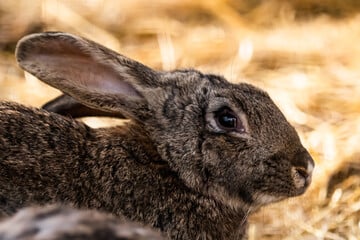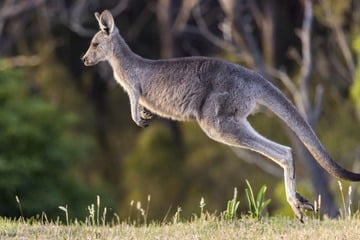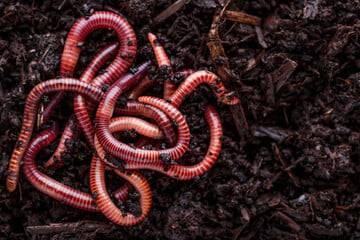What is the slowest animal in the world?
Slippery suckers can slide slowly, but which animal is officially the slowest? There is something innately hilarious about a critter that's so slow that it hardly moves. So, does that mean that the slowest animal in the world is also the funniest? Let's take a look.
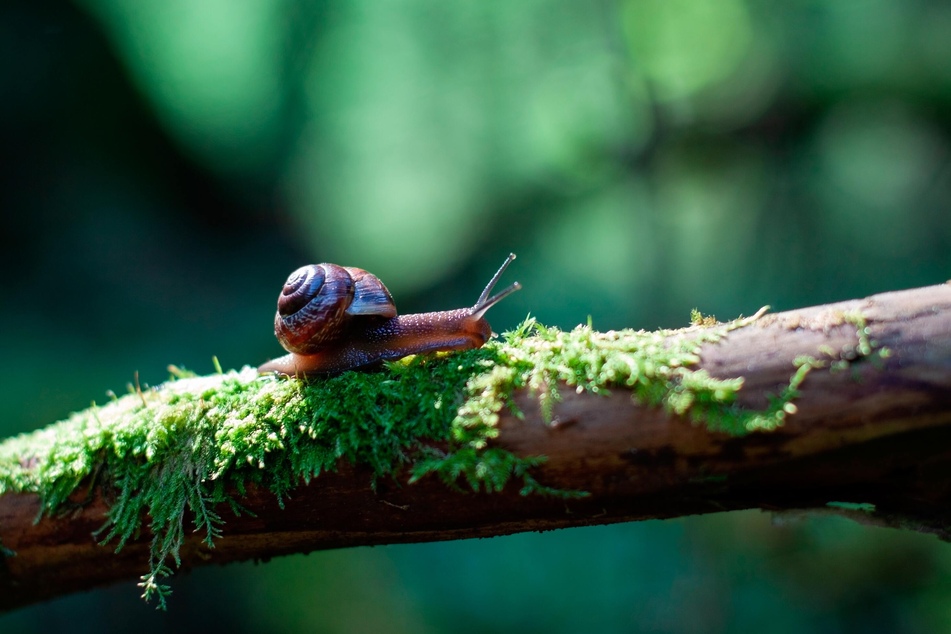
The creatures that wander our Earth's surface, whether swimming through our seas or gliding through the air, all have one thing in common: movement.
Yet, not every animal has the same ability to move, some sprinting as fast as a car and others sliding so slowly that they hardly seem to be moving at all.
So, what creature holds the animal world record for being the slowest in the world? Of course, the animal has to be capable of moving to be eligible - it's just that they're almost comically slow!
Saddle up slowpokes. On your mark, get, set, go!
What's the slowest animal in the world?
The slowest animal in the world isn't a snail, it isn't a sloth, nor is it any other poor creature with the great misfortune of having a name starting with "s". Instead, the poor sucker to hold the animal world record for being the slowest animal (that can move itself) in the world is the sea anemone.
At a pace that would make your average snail seem like a race car driver, if a sea anemone decides it wants to go for a walk, it'll only move at a measly 0.4 inches an hour. Due to the nature of a sea anemone, it is technically classified as a semi-sessile animal, meaning that it is usually attached to an object but has the ability to detach and reattach when necessary.
This is why most people wouldn't even think that a sea anemone can move. And for the most part, it stays completely stationary, attached to a rock or to the sea floor. As a result, the sea anemone can be compared to other sea animals like mussels, sponges, and corals that also detach and reattach to surfaces and move slowly around when necessary.
Sea anemones use their bizarre foot disc to move, flexing and twisting their body extremely slowly using the plate-like piece that attaches to whatever object on which they are currently living.
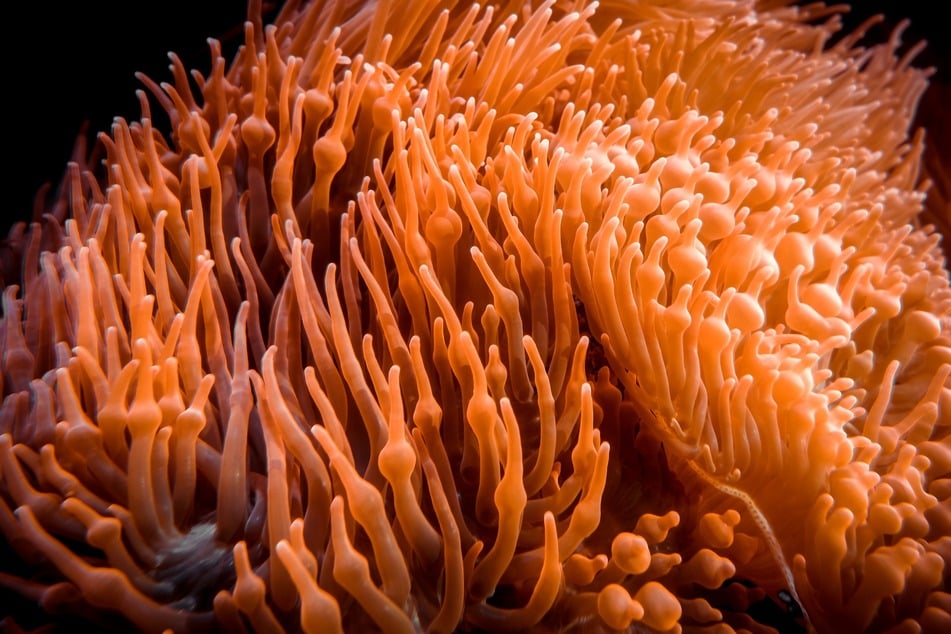
Why is the sea anemone the slowest animal?
Sea anemones are so slow because if everything is going to plan, they simply have no need to move.
This changes, though, if their environment suddenly becomes inhospitable and unable to sustain their life. Another reason to travel is if small adjustments could put them in better stead to feed or sustain themselves in some way or another.
Ultimately, though, sea anemones grow where they are born and barely move at all throughout their life. Things will only change for them if suddenly there are environmental dangers, increasing salinity in the water, or they are struggling to obtain the nutrients they need to survive.
Even in such a sticky situation, a sea anemone hardly needs to be capable of running a marathon. Let's be real, if the scale of the catastrophe they face is too spatially big then they are bound to die regardless, no matter how fast they can "run." Instead, it is better for their bodies to adapt and try to survive under the new circumstances.
As a result, it can be summed up with a simple and easy-to-remember sentence: Sea anemones remain the slowest animals in the world because they simply have no need to go anywhere.
These are some of the other slowest animals in the world
We have clearly established that the sea anemone is the slowest autonomous animal in the world, but in doing so have confirmed that it most certainly is not the funniest creature to have ever walked the Earth.
These few animals are both ridiculously slow and, in being so slow, can be pretty darn hilarious:
- Banana snail: Moves at approximately 4 inches per hour.
- Starfish: Different starfish move at different speeds, but at most they reach approximately 25 inches per hour.
- Spotted vineyard snail: Moves at approximately 3 feet per hour.
- Seahorse: Moves at approximately 5 feet per hour.
- Sloth: Moves at approximately 800 feet per hour.
- Gopher tortoise: Moves at approximately 1600 feet per hour.
No one can deny these animals' utter lack of speed, and their comedic appeal. Here's the slow ones!
Cover photo: Unsplash/Михаил Павленко

